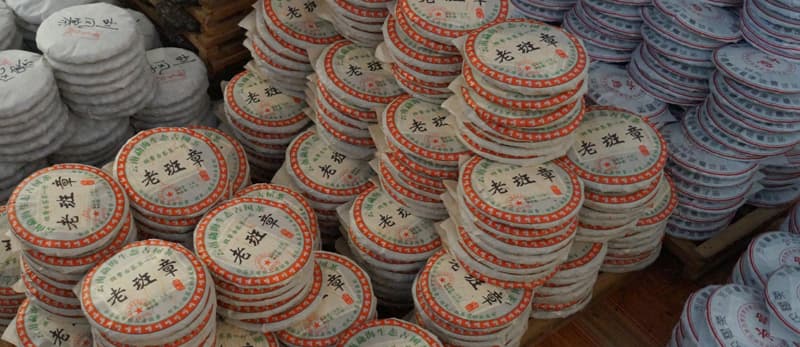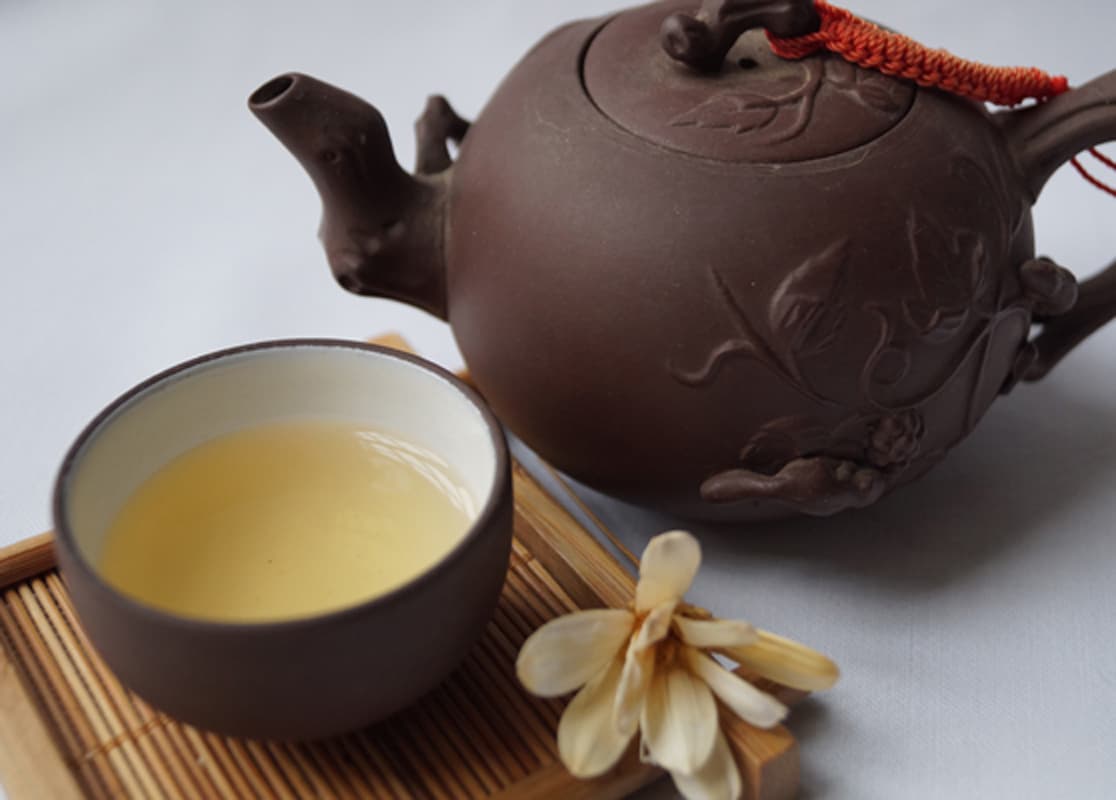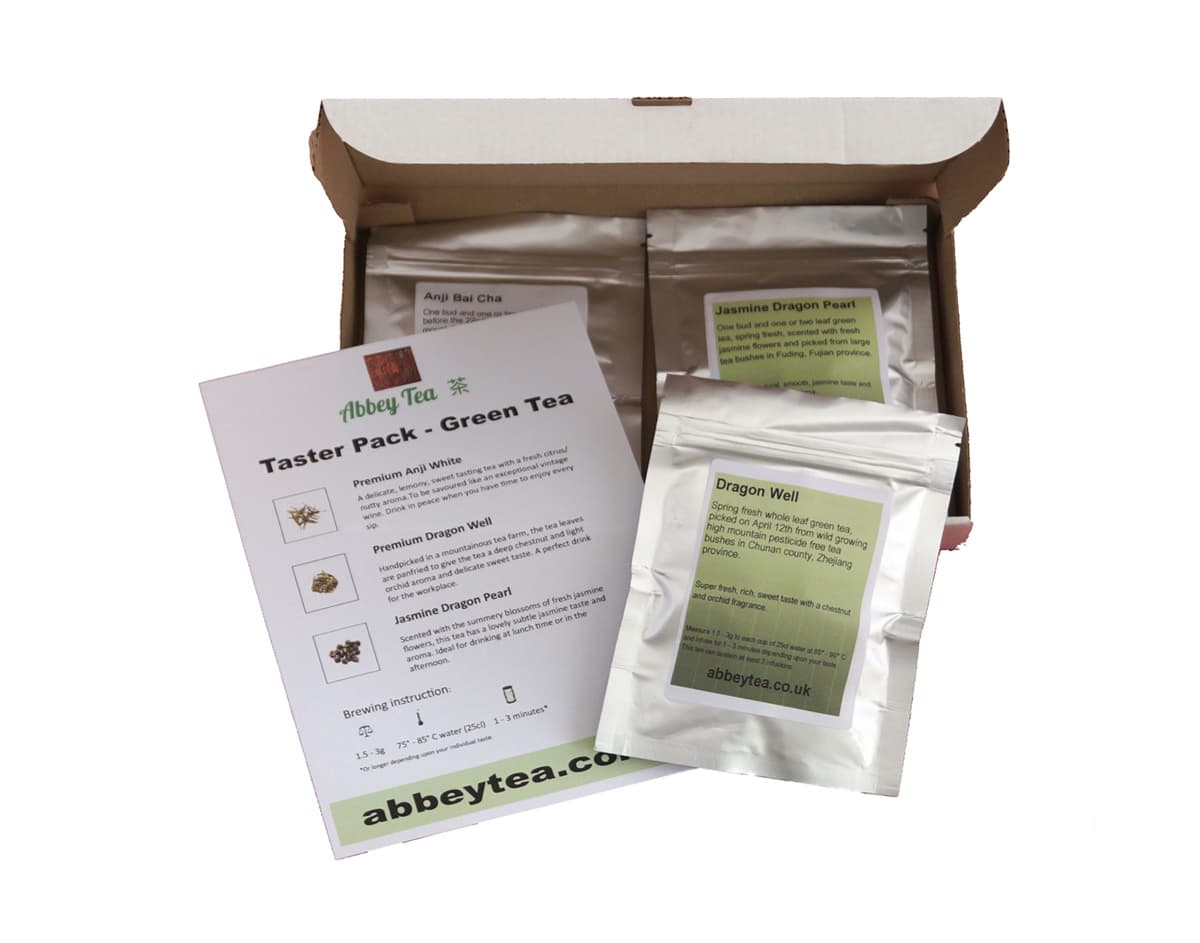You're reading the Abbey Tea's Blog
Why age Tea?
Posted on Dec 14, 2017
Most tea, with age, will turn stale and unpalatable. But not Pu erh, one of the world’s most sought after teas.
A legendary tea, dark, mellow and unique. The tea to drink to gain social status amongst the Chinese elite and in China, aged tea is prized as much as a 21 year old malt whisky or a vintage champagne.
For a tea to be called Pu erh it must be made from the large leaf camellia sinensus which are found on ancient trees in the forests of Yunnan province in South West China. It is named after a town in Yunnan that was a centre for trade in the 17th Century and is one of the few teas to be designated a protected product by the Chinese government.
Pu erh is processed in a special way to encourage microbial fermentation after the leaves are dried. After picking the fresh leaves get tossed by hand in giant woks for as long as it takes to halt the tea’s oxidation, but not so long as to drive off all the natural bacteria. The tea is then left to dry in the sun. The bacteria live on, and over the years transform the tea from a fresh green, to a dark, rich, mellow tea. Today the farmers mainly sell their finished loose leaves (called maocha) to a middle man who will sometimes blend the leaves from various sources, steam them, then compress them into cakes, (a cake is called a Beng),or bricks and then wrap them in paper with the name of the tea.
This practice of pressing the tea into cakes was originally developed in the Ming dynasty to make the tea easier to transport over long distances. The cakes were stacked in piles of seven, wrapped in bamboo leaves (called a Tong) then six Tongs were placed into a basket strapped to either side of a mule or horse for the journey along the Teahorse routes which ran across the mountain ranges between China and Tibet, north to Siberia and south to Thailand. The Chinese took the tea to Tibet and in exchange, Tibet offered horses to China. Being transported along the Teahorse routes meant the tea was exposed to the elements, the sun, rain and heat, which began the natural fermentation process of aged pu erh.
A cake of pu erh changes as it ages and pieces are broken or chipped off with a small knife to brew. Puerh is a tea to be sipped and savoured as a fine wine or aged whisky and is best brewed for a short time in boiling water for 15 to 60 seconds, depending on taste and then infused as many as a few dozen brews, the flavour changing with each brew.
Pu erh has a wide range of complex flavours that change as the tea ages. It has been said that with tea “everyone becomes elegant and refined in manner” and pu erh is considered to be the pinnacle of that refinement. Pu erh tea won’t be good until it has been aged for a long time. Just as a person won’t be mature and be wise until they have enough experience of life.
A cake of pu erh is in a constant state of change and as the leaves are chipped away over the months and years no two brews will be the same. Some pu erh is delicious to drink when it’s young and will have a youthful, grassy, fragrant, gentle astringent taste. Others will need many years of ageing for the harsh bitter flavours to mellow into a dark, sweet, elegant comforting brew.
Half the fun of drinking pu erh is to watch the tea grow and change with you.
Share this post:





